|
Your search criteria found 1300 images Gallery: Universe |
| My List |
Addition Date |
Target
|
Mission | Instrument | Size |

|
2008-04-16 | Messier 83 |
Galaxy Evolution Explorer (GALEX) |
GALEX Telescope |
2852x2852x3 |
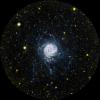
|
|||||

|
2007-06-01 | Messier 81 |
Galaxy Evolution Explorer (GALEX) Hubble Space Telescope Spitzer Space Telescope |
GALEX Telescope Infrared Array Camera (IRAC) Visible Light |
3180x2456x3 |

|
|||||

|
2009-04-30 | Messier 81 |
Spitzer Space Telescope |
IRAC |
2336x1144x3 |
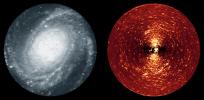
|
|||||

|
2006-06-05 | Messier 31 |
Spitzer Space Telescope |
IRAC |
720x486x3 |
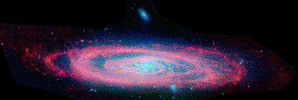
|
|||||

|
2005-05-04 | Messier 104 |
Hubble Space Telescope Spitzer Space Telescope |
IRAC Visible Light |
3000x1681x3 |
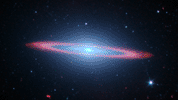
|
|||||

|
2008-07-21 | Messier 101 |
Spitzer Space Telescope |
IRAC |
2766x2766x3 |
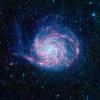
|
|||||

|
2008-07-21 | Messier 101 |
Spitzer Space Telescope |
IRAC Infrared Spectrograph (IRS) MIPS |
2766x2766x3 |
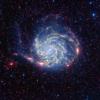
|
|||||

|
2009-02-10 | Messier 101 |
Hubble Space Telescope Spitzer Space Telescope |
IRAC |
7200x7200x3 |
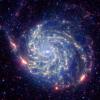
|
|||||

|
2009-02-10 | Messier 101 |
Hubble Space Telescope Spitzer Space Telescope |
Chandra X-ray Telescope IRAC Visible Light |
7200x7200x3 |
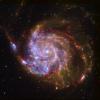
|
|||||

|
2012-08-15 | Messier 100 |
Spitzer Space Telescope |
IRAC MIPS |
1016x1016x3 |
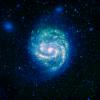
|
|||||

|
2012-08-15 | Messier 100 |
Spitzer Space Telescope |
IRAC MIPS |
1016x1016x3 |
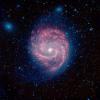
|
|||||

|
2000-02-11 | Masursky |
Cassini-Huygens |
ISS - Narrow Angle |
220x220x1 |
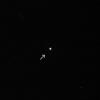
|
|||||

|
2009-06-04 | Mars |
Dawn |
High Resolution Stereo Camera |
3000x2896x1 |
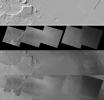
|
|||||

|
2005-05-05 | M83 |
Galaxy Evolution Explorer (GALEX) |
GALEX Telescope |
1245x1245x3 |
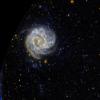
|
|||||

|
1999-12-02 | M82 Galaxy |
Hubble Space Telescope |
WFPC2 |
1487x1522x3 |

|
|||||

|
2006-04-24 | M82 Galaxy |
Hubble Space Telescope Spitzer Space Telescope |
Chandra X-ray Telescope Infrared Array Camera (IRAC) Visible Light |
640x480x3 |
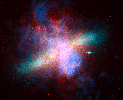
|
|||||

|
2007-12-13 | M51 |
Galaxy Evolution Explorer (GALEX) Spitzer Space Telescope |
IRAC Ultraviolet/Visible Camera |
1978x2850x3 |

|
|||||

|
2005-10-13 | M33 |
Galaxy Evolution Explorer (GALEX) |
GALEX Telescope |
2904x2904x3 |
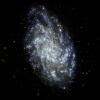
|
|||||

|
2009-04-03 | M33 |
Spitzer Space Telescope |
IRAC MIPS |
4300x2800x3 |
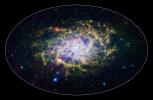
|
|||||

|
2009-04-03 | M33 |
Spitzer Space Telescope |
IRAC |
4300x2800x3 |
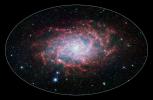
|
|||||

|
2009-04-28 | M33 |
Galaxy Evolution Explorer (GALEX) Spitzer Space Telescope |
Ultraviolet/Visible Camera |
2228x3462x3 |

|
|||||

|
2009-04-28 | M33 |
Galaxy Evolution Explorer (GALEX) Spitzer Space Telescope |
Ultraviolet/Visible Camera |
2228x3462x3 |

|
|||||

|
2009-04-28 | M33 |
Galaxy Evolution Explorer (GALEX) Spitzer Space Telescope |
Ultraviolet/Visible Camera |
4402x4402x3 |
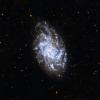
|
|||||

|
2005-10-13 | M31 |
Spitzer Space Telescope |
MIPS |
8193x2410x3 |

|
|||||

|
2012-05-16 | M31 |
Galaxy Evolution Explorer (GALEX) |
Ultraviolet/Visible Camera |
9400x7000x3 |
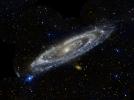
|
|||||

|
2013-01-28 | M31 |
Herschel Space Observatory |
SPIRE |
2800x1575x3 |
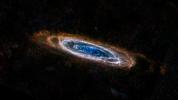
|
|||||

|
2013-01-28 | M31 |
Herschel Space Observatory |
PACS SPIRE |
2711x2920x3 |

|
|||||

|
2008-12-08 | M17 |
Spitzer Space Telescope |
IRAC |
2674x2176x3 |
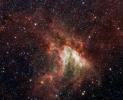
|
|||||

|
2005-04-26 | M11 |
Deep Impact |
Impactor Targeting Sensor (ITS) |
1000x1000x1 |
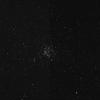
|
|||||

|
2007-11-29 | L1157 |
Spitzer Space Telescope |
IRAC |
1171x1444x3 |

|
|||||

|
2017-07-19 | Kuiper Belt Object |
New Horizons |
LORRI MVIC |
559x345x3 |
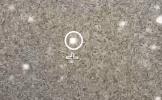
|
|||||

|
2011-03-29 | Kuiper Belt | 2100x1995x3 | ||
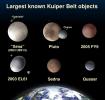
|
|||||

|
2011-12-20 | Kepler-20 |
Kepler |
4200x2700x3 | |
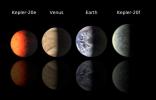
|
|||||

|
2011-12-20 | Kepler-20 |
Kepler |
1280x720x3 | |
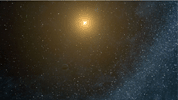
|
|||||

|
2011-12-20 | Kepler-20 |
Kepler |
4264x2400x3 | |
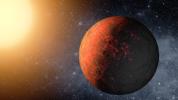
|
|||||

|
2011-12-20 | Kepler-20 |
Kepler |
4264x2400x3 | |
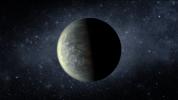
|
|||||

|
2017-06-05 | KELT-9b | 5120x2880x3 | ||
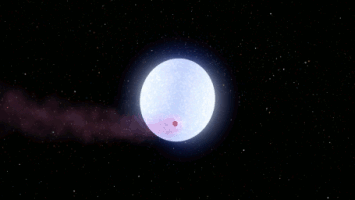
|
|||||

|
2022-02-10 | Jupiter |
NuSTAR |
3840x2160x3 | |
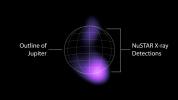
|
|||||

|
2005-12-20 | IRS 46 |
Spitzer Space Telescope |
Infrared Spectrograph (IRS) |
3000x2128x3 |
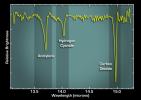
|
|||||

|
2005-12-20 | IRS 46 |
Spitzer Space Telescope |
3000x2400x3 | |
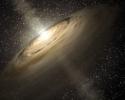
|
|||||

|
2017-01-07 | IC 3639 |
NuSTAR |
Hubble Space Telescope ESO |
1300x1300x3 |
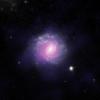
|
|||||

|
2011-07-20 | IC 342 |
Spitzer Space Telescope |
IRAC |
2500x2100x3 |
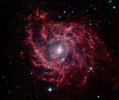
|
|||||

|
2011-07-20 | IC 342 |
Spitzer Space Telescope |
IRAC MIPS |
2500x2100x3 |
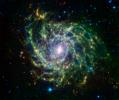
|
|||||

|
2005-05-05 | IC 1613 |
Galaxy Evolution Explorer (GALEX) |
GALEX Telescope |
2032x1016x3 |
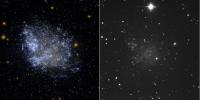
|
|||||

|
2005-09-27 | HUDF-JD2 |
Hubble Space Telescope Spitzer Space Telescope |
IRAC Visible Light |
2699x1838x3 |
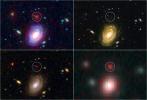
|
|||||

|
1999-12-10 | Hubble -V |
Hubble Space Telescope |
WFPC2 |
640x800x3 |

|
|||||

|
2009-11-04 | HR 8799 |
Spitzer Space Telescope |
MIPS |
1100x1100x3 |
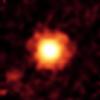
|
|||||

|
1999-12-01 | Horsehead Nebula |
Hubble Space Telescope |
WFPC2 |
853x620x3 |
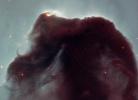
|
|||||

|
2017-01-30 | HIP 79124 B |
W. M. Keck Observatory |
821x762x3 | |
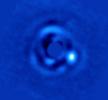
|
|||||

|
2007-11-08 | HH 46/47 |
Spitzer Space Telescope |
IRAC |
2000x1600x3 |
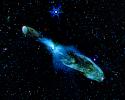
|
|||||

|
2005-05-05 | Helix Nebula |
Galaxy Evolution Explorer (GALEX) |
GALEX Telescope |
2448x1880x3 |
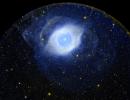
|
|||||

|
2006-01-09 | Helix Nebula |
Spitzer Space Telescope |
IRAC |
2400x2794x3 |

|
|||||

|
2006-01-19 | Helix Nebula |
Hubble Space Telescope Spitzer Space Telescope |
Advanced Camera for Surveys Infrared Array Camera (IRAC) |
3125x3497x3 |

|
|||||

|
2007-02-12 | Helix Nebula |
Spitzer Space Telescope |
IRAC Multiband Imaging Photometer (MIPS) |
4279x3559x3 |
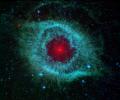
|
|||||

|
2007-08-24 | Helix Nebula |
Spitzer Space Telescope |
IRAC |
4370x4070x3 |
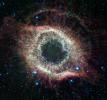
|
|||||

|
2011-08-10 | Helix Nebula |
Spitzer Space Telescope |
IRAC |
2800x1400x3 |
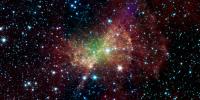
|
|||||

|
2012-05-16 | Helix Nebula |
Galaxy Evolution Explorer (GALEX) |
Ultraviolet/Visible Camera |
2920x2920x3 |
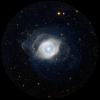
|
|||||

|
2014-04-02 | Helix Nebula |
Hubble Space Telescope |
Hubble Space Telescope |
16000x16000x3 |
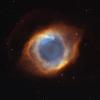
|
|||||

|
2002-07-23 | HD339457 |
Cassini-Huygens |
ISS - Narrow Angle |
505x101x1 |

|
|||||

|
2005-04-20 | HD 69830 |
Spitzer Space Telescope |
Infrared Spectrograph (IRS) |
2766x2019x3 |
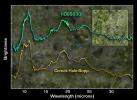
|
|||||

|
2005-04-20 | HD 69830 |
Spitzer Space Telescope |
3200x2400x3 | |
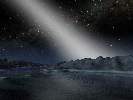
|
|||||

|
2005-04-20 | HD 69830 |
Spitzer Space Telescope |
3000x2400x3 | |
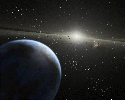
|
|||||

|
2007-05-09 | HD 189733b |
Spitzer Space Telescope |
IRAC |
640x473x3 |
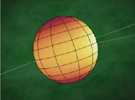
|
|||||

|
2007-05-09 | HD 189733b |
Spitzer Space Telescope |
IRAC |
640x467x3 |
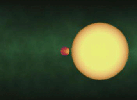
|
|||||

|
2007-07-11 | HD 189733b |
Spitzer Space Telescope |
Infrared Spectrograph (IRS) |
3000x2136x3 |
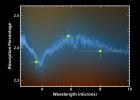
|
|||||

|
2008-03-27 | HD 189733b |
Hubble Space Telescope |
NICMOS |
4000x3000x3 |
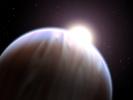
|
|||||

|
2008-03-27 | HD 189733b |
Spitzer Space Telescope |
1514x1499x3 | |
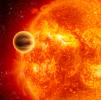
|
|||||

|
2010-02-03 | HD 189733 | 1088x745x3 | ||
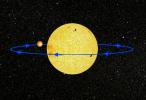
|
|||||

|
2009-08-10 | HD 172555 |
Spitzer Space Telescope |
3000x2400x3 | |
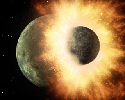
|
|||||

|
2007-05-09 | HD 149026b |
Spitzer Space Telescope |
638x479x3 | |
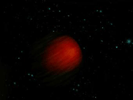
|
|||||

|
2017-01-30 | HD 141569 |
W. M. Keck Observatory |
559x558x3 | |
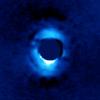
|
|||||

|
1999-12-01 | Globular cluster M4 |
Hubble Space Telescope |
WFPC2 |
1100x1237x3 |

|
|||||

|
1999-12-01 | Globular cluster M22 |
Hubble Space Telescope |
WFPC2 |
514x600x3 |

|
|||||

|
2005-05-31 | GJ 3685A |
Galaxy Evolution Explorer (GALEX) |
GALEX Telescope |
1280x960x3 |
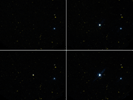
|
|||||

|
1999-12-03 | Ghost Head Nebula |
Hubble Space Telescope |
WFPC2 |
674x674x3 |
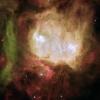
|
|||||

|
2009-01-05 | GD 40 |
Spitzer Space Telescope |
3000x2400x3 | |
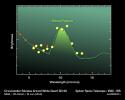
|
|||||

|
2014-05-01 | Ganymede | 3300x2550x3 | ||
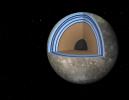
|
|||||

|
1999-12-01 | Galaxy NGC 4622 |
Hubble Space Telescope |
WFPC2 |
853x970x3 |

|
|||||

|
1999-12-15 | Galaxy NGC 4013 |
Hubble Space Telescope |
WFPC2 |
1041x1018x3 |
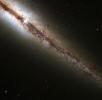
|
|||||

|
1999-12-07 | Galaxy NGC 3310 |
Hubble Space Telescope |
WFPC2 |
849x933x3 |

|
|||||

|
1999-12-02 | Galaxy NGC 3079 |
Hubble Space Telescope |
WFPC2 |
434x434x3 |
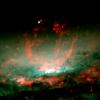
|
|||||

|
1999-12-02 | Galaxy NGC 3079 |
Hubble Space Telescope |
WFPC2 |
2329x1845x3 |
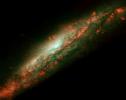
|
|||||

|
1999-12-03 | Galaxy NGC 1850 |
Hubble Space Telescope |
WFPC2 |
758x580x3 |
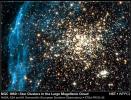
|
|||||

|
1999-12-01 | Galaxy NGC 1512 |
Hubble Space Telescope |
WFPC2 Faint Object Camera Near Infrared Camera Multi-Object Spectrometer |
600x650x3 |

|
|||||

|
2006-01-11 | G29-38 |
Spitzer Space Telescope |
Infrared Spectrometer (IRS) |
3000x2400x3 |
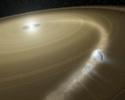
|
|||||

|
2014-04-10 | Exoplanet | 4200x2363x3 | ||
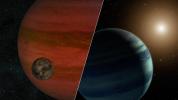
|
|||||

|
2008-10-27 | Epsilon Eridani |
Spitzer Space Telescope |
3000x1600x3 | |
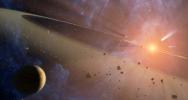
|
|||||

|
2008-10-27 | Epsilon Eridani |
Spitzer Space Telescope |
3000x2400x3 | |
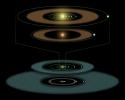
|
|||||

|
2005-01-11 | Encke |
Spitzer Space Telescope |
MIPS |
2154x2154x3 |
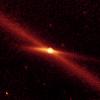
|
|||||

|
1999-12-30 | Edge-on Galaxy ESO 510 G13 |
Hubble Space Telescope |
WFPC2 |
1435x732x3 |
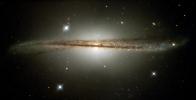
|
|||||

|
2022-11-11 | Eagle Nebula |
Wide-field Infrared Survey Explorer (WISE) |
3400x3400x3 | |
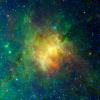
|
|||||

|
2003-02-11 | Dumbbell Nebula |
Hubble Space Telescope |
WFPC2 |
1262x750x3 |
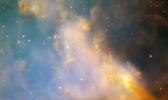
|
|||||

|
1999-12-01 | Doradus Nebula |
Hubble Space Telescope |
WFPC2 |
2508x1790x3 |
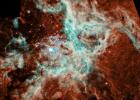
|
|||||

|
2012-05-11 | Cygnus-X |
Herschel Space Observatory |
PACS SPIRE |
5897x2151x3 |
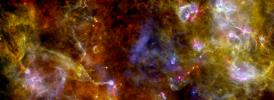
|
|||||

|
2005-07-13 | Cygnus |
W. M. Keck Observatory |
Keck I Telescope |
640x480x3 |
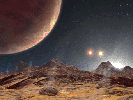
|
|||||

|
2005-07-13 | Cygnus |
W. M. Keck Observatory |
Keck I Telescope |
3000x2400x3 |
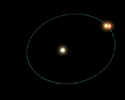
|
|||||

|
2012-05-16 | CW Leo |
Galaxy Evolution Explorer (GALEX) |
Ultraviolet/Visible Camera |
8000x5000x3 |
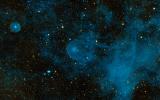
|
|||||

|
2005-12-01 | Crab Nebula |
Hubble Space Telescope |
WFPC2 |
3864x3864x3 |
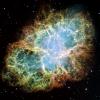
|
|||||

|
2011-02-01 | Comet |
Wide-field Infrared Survey Explorer (WISE) |
WISE Telescope |
3754x3004x3 |
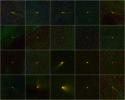
|
|||||

|
2016-10-07 | Comet |
Kepler Rosetta |
1786x1030x1 | |
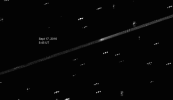
|
|||||

|
 |
 |
 |
 |
 |
 |
 |
 |
 |
 |

|
| 1-100 | 101-200 | 201-300 | 301-400 | 401-500 | 501-600 | 601-700 | 701-800 | 801-900 | 901-1000 |
| Currently displaying images: 301 - 400 of 1300 |